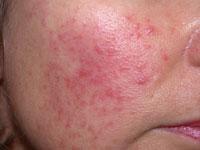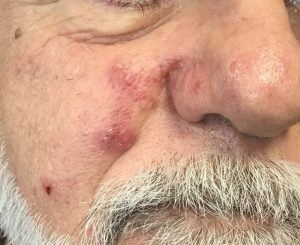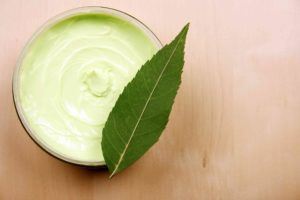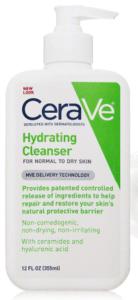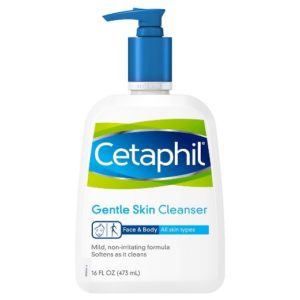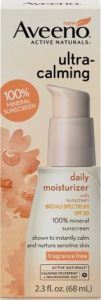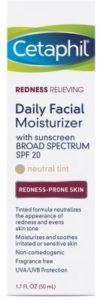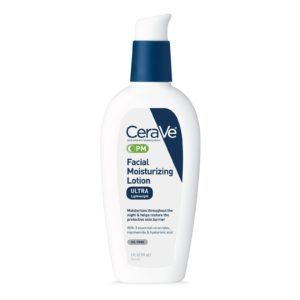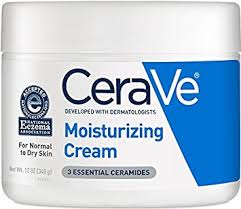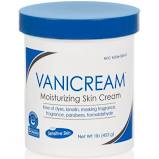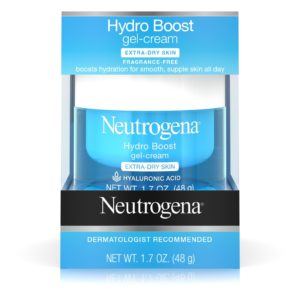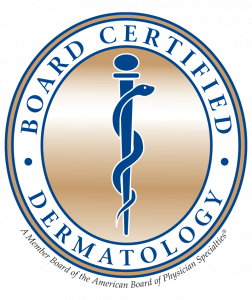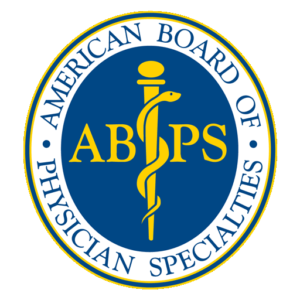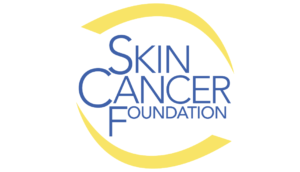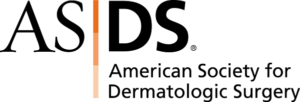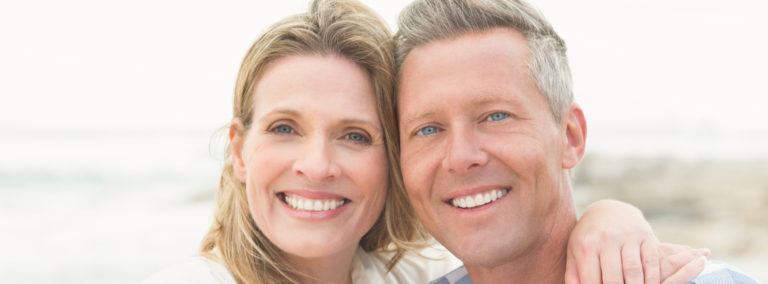
What is Rosacea?
Rosacea is a common inflammatory skin condition of unknown cause that is seen most commonly in adults with fair skin and blue eyes (Eastern European ancestry). It consists of a combination of redness of the central face (cheeks, nose, chin and forehead), flushing, tiny broken capillaries, sensitive skin, red bumps and pimples. About 10% of people with rosacea can have involvement of their eyes and have symptoms of gritiness, foreign body sensation and irritation of the eyes. Rarely, when rosacea goes untreated, it can produce nodular swellings and irregularities of the nose (i.e. rhinophyma) or patches of persistent swellings of the cheeks.
What does Rosacea look like?
Frequently Asked Questions (FAQ)
It is not clear why some people get rosacea and others don’t. Although we are unsure as to the exact cause, there are probably complex mechanisms that involve both genetics and environmental influences. Certain triggers are known to flare rosacea such as spicy foods, alcoholic beverages such as wine, hot beverages, sun exposure, heat, wind, and emotional influences.
The first step in treating rosacea is to begin with a gentle skin care regimen, such as mild cleansers and use of moisturizers with sunscreen. Examples of mild cleansers include Cetaphil facial cleanser™, Cerave hydrating cleanser™, and Vanicream cleansing bar™. Also, patients with rosacea should use a moisturizer with sunscreen every morning as ultraviolet light is known to trigger rosacea. Patients with rosacea should also moisturize nightly too because the skin is more prone to irritation and dryness.
The second step in the treatment of rosacea is avoidance of triggers., Some patients may notice flares of rosacea with consumption of red wine or other alcoholic beverages, while others may notice flaring with spicy foods. Other common triggers of rosacea include sun exposure, emotional stress, wind, hot beverages, and caffeine. If you are out for dinner on a Friday or Saturday night, and you start to feel flushed or red, chewing on ice chips or sorbet may help cool you down and reduce the flushing episode.
Multiple prescription therapies are available and include:
- Sulfur/Sulfacetamide wash, lotions and creams
- Metronidazole cream and gel
- Ivermectin cream (Soolantra™)
- Finacea foam and gel™ (Azeleic acid)
- Low dose oral antibiotics such as doxycycline
- Rhofade cream™- a topical vasoconstrictor which helps with flushing
- Pulsed dye laser/Intense pulsed light- this is the most effective therapy for the tiny capillaries.
Dr. Singer would be happy to discuss the best treatment option and skin care regimen with you.
It is important to remember that although rosacea is controllable, there is no permanent cure. Rosacea is a chronic condition and will require ongoing maintenance therapy.
Mild Facial Cleansers
Morning Moisturizers with Sunscreen (SPF)
Evening Moisturizers

